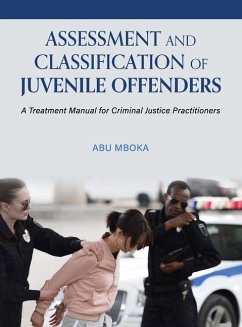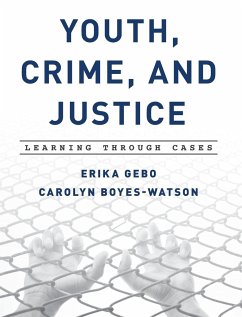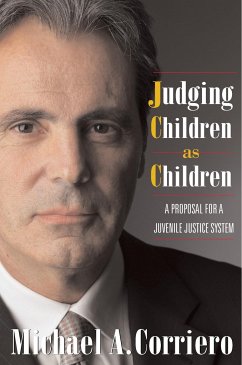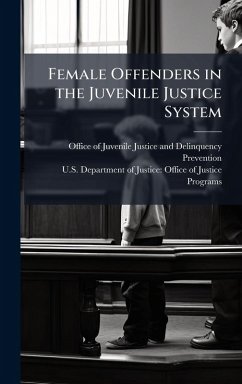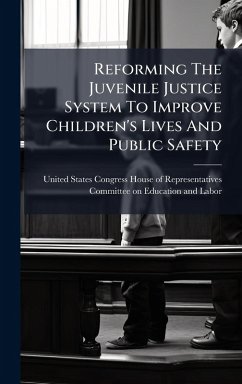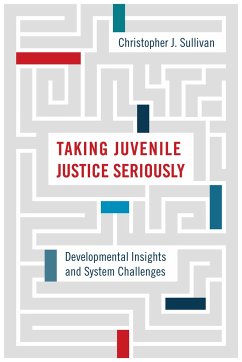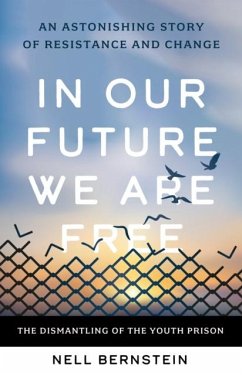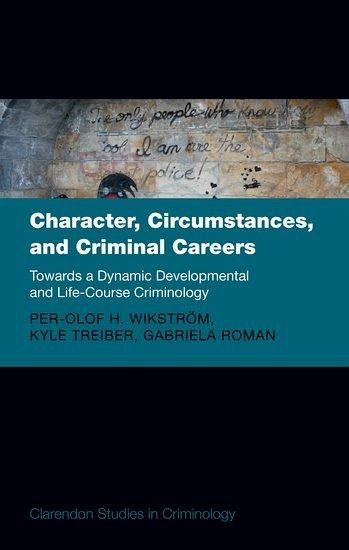
Character, Circumstances, and Criminal Careers
Towards a Dynamic Developmental and Life-Course Criminology
Versandkostenfrei!
Versandfertig in über 4 Wochen

PAYBACK Punkte
93 °P sammeln!




Character, Circumstances, and Criminal Careers explores and explains the causes and drivers of criminal involvement from adolescence into young adulthood. The book presents an original theory and a uniquely detailed study to explore the relationship between individual and environmental factors across a critical developmental period.
Per-Olof H. Wikström (PhD, Docent, Stockholm University) FBA; Professor Emeritus, University of Cambridge; Professor, Malmo University. Wikström's research focuses on the development and empirical testing of an integrative theory of the causes of crime (situational action theory; SAT) and how this can contribute to knowledge-based crime policy and prevention. He has received a number of scientific accolades, including: Northern Scholar at the University of Edinburgh 1992; Sellin-Glueck Award 1994; Fellow at the Centre for Advanced Studies of Behavioural Science, Stanford 2002; Fellow of the American Society of Criminology 2010; Elected to the British Academy 2011; Stockholm Prize in Criminology 2016; Honorary Doctorate UNED 2017; The Beccaria Gold Medal 2024. Kyle Treiber is Associate Professor in Neurocriminology at the University of Cambridge and Co-Director of the Centre for Analytic Criminology (www.cac.crim.cam.ac.uk
Produktdetails
- Verlag: Oxford University Press
- Seitenzahl: 624
- Erscheinungstermin: 8. Mai 2024
- Englisch
- Abmessung: 223mm x 147mm x 43mm
- Gewicht: 891g
- ISBN-13: 9780198865865
- ISBN-10: 0198865864
- Artikelnr.: 69767193
Herstellerkennzeichnung
Libri GmbH
Europaallee 1
36244 Bad Hersfeld
gpsr@libri.de
Für dieses Produkt wurde noch keine Bewertung abgegeben. Wir würden uns sehr freuen, wenn du die erste Bewertung schreibst!
Eine Bewertung schreiben
Eine Bewertung schreiben
Andere Kunden interessierten sich für




